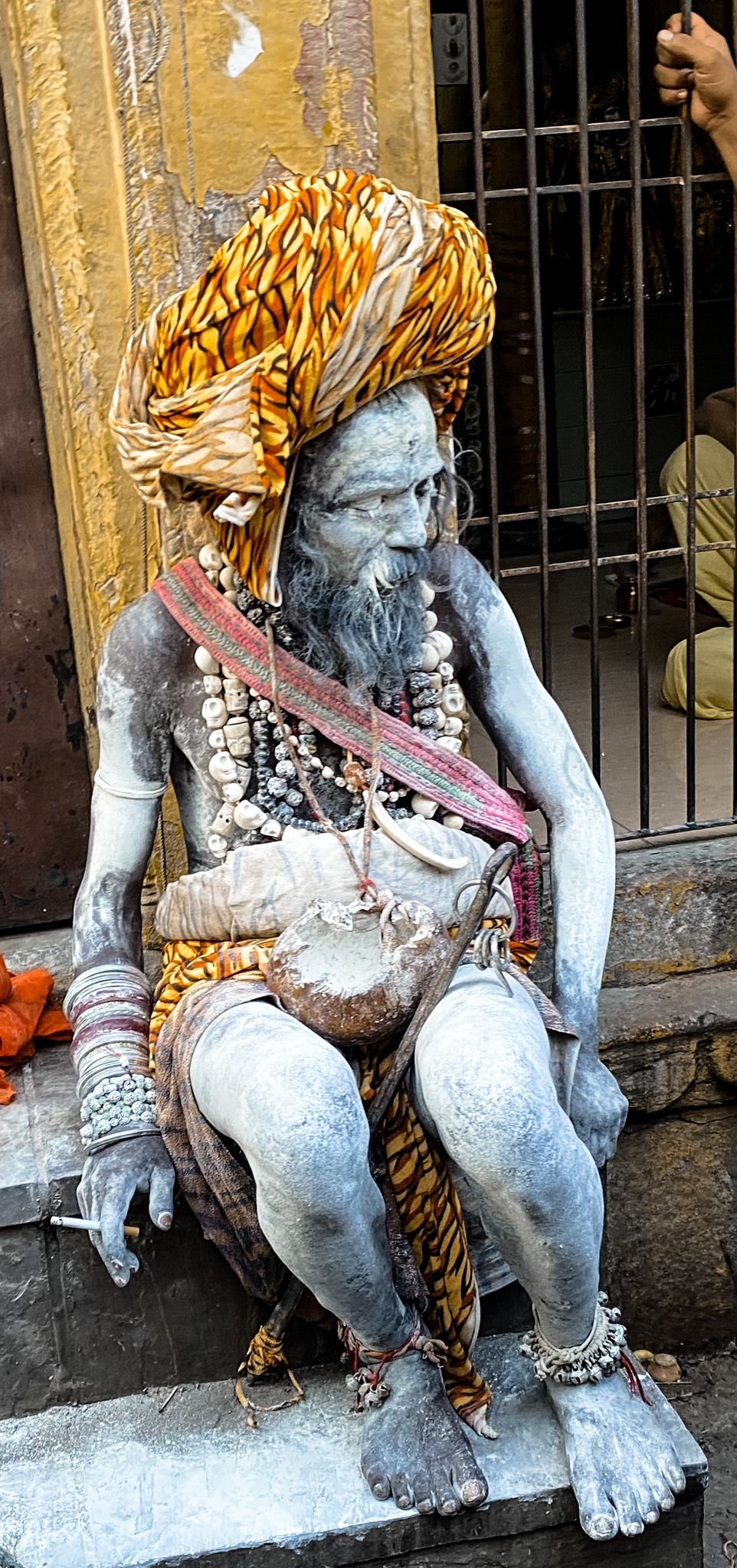The sacred month of Shravan or Sawan is one of the holiest periods in the Hindu calendar, observed with deep devotion at all twelve Jyotirlingas across India. Commencing in the month of July and lasting for approximately 30 days, this spiritually charged month is dedicated to Lord Shiva, the destroyer of evil and the protector of cosmic balance.
Each Monday /Somvar during Shravan is considered especially auspicious. On these days, devotees observe day-long fasts, visit temples, and offer milk, water, Panchamrit, Bilva leaves, and heartfelt prayers to Lord Shiva. It is believed that worship during Shravan brings peace, prosperity, and fulfillment of one’s wishes.
Religious Narratives
The importance of Shravan is deeply rooted in Hindu mythology. According to ancient texts and the Puranas, during the celestial event of Samudra Manthan (the churning of the ocean), both gods and demons churned the ocean to obtain Amrit—the nectar of immortality. Along with the nectar, a deadly poison called Halahala emerged, which threatened to destroy all creation.
To protect the cosmos, Lord Shiva selflessly consumed the poison. Goddess Parvati, in a compassionate act, placed her hand on his throat to prevent the poison from spreading through his body. The poison remained in his throat, turning it blue and earning him the name Neelkanth (the Blue-Throated One).
The burning sensation from the poison was so intense that the gods and goddesses began pouring milk and water over Lord Shiva to cool him down. Moved by their devotion, Lord Shiva blessed humanity, declaring that anyone who worships him during the Shravan month with sincere devotion and sacred offerings shall be blessed abundantly.
Shravan Today: A Month of Devotion and Pilgrimage
This divine tradition is alive to this day. Across India, lakhs of devotees undertake the Kanwar Yatra, carrying holy Ganga water to offer at Shiva temples. The twelve Jyotirlingas, the most sacred abodes of Lord Shiva, become vibrant centers of religious activity and devotion during this time.
As we step into this divine month, let us embrace the values of self-discipline, compassion, and devotion, and immerse ourselves in the blessings of Lord Shiva.
The Science Behind Jalabhishek
It is believed that water acts as a natural electrolyte, capable of transmitting energy more efficiently than air. When holy water is poured over the Shiva Linga, it is thought to generate powerful vibrational frequencies, thereby energizing the deity and sanctifying the surroundings.
This ritual not only has spiritual significance but also impacts the subtle energies in the environment. The flowing water symbolizes purification, helping to dissolve negative vibrations in one’s aura. As the mind focuses on the offering, it aligns with the rhythmic flow of water, creating a state of mental clarity and inner balance. In this way, Jalabhishek is said to rejuvenate both the spirit and the space around, ultimately energizing the worshipper.





